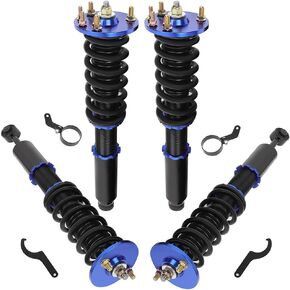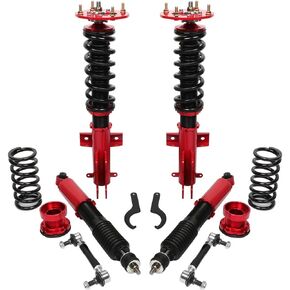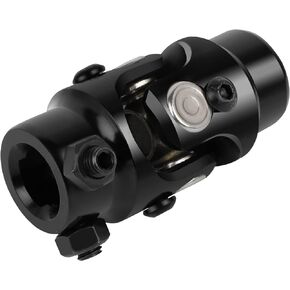- Shopping, made easy.
- /
- Get the app!
VEHICLE APPLICATIONS:
1999-2001 for Jeep Grand for Cherokee Laredo Sport Utility 4-Door
1999-2001 for Jeep Grand for Cherokee Limited Sport Utility 4-Door
REFERENCE OEM PART NUMBER: 5012701AB, 5015860AA
COMMON FAULTS AND ANALYSIS:
1.Blower fan does not move: The fan is used for a long time, which causes the friction coefficient between the rotor and the bearing to increase, and the rotor is blocked or even stuck, causing the coil to be overheated and damaged.
2.The fan does not turn, but there is a loud buzz: This fault is most common on capacitor-activated blower, mainly due to lack of capacity or severe leakage of capacitors, or damage to the startup group.

 -9%
cciyu Coilover Suspension Shock Absorbers Adjustable Coilovers Lowering Kit Fit for 2004-2008 for Acura TSX /2003-2007 for Honda for Accord - Blue
KWD 93
-9%
cciyu Coilover Suspension Shock Absorbers Adjustable Coilovers Lowering Kit Fit for 2004-2008 for Acura TSX /2003-2007 for Honda for Accord - Blue
KWD 93
 -8%
cciyu Coilover Suspension Shock Absorbers Height Adjustable Coilovers Lowering Kit Fit for 2005-2014 for Ford for Mustang
KWD 127.500
-8%
cciyu Coilover Suspension Shock Absorbers Height Adjustable Coilovers Lowering Kit Fit for 2005-2014 for Ford for Mustang
KWD 127.500
 CCIYU Black Single Universal Steering U-Joint 5/8-36 Spline X 3/4 DD
KWD 7.500
CCIYU Black Single Universal Steering U-Joint 5/8-36 Spline X 3/4 DD
KWD 7.500
 cciyu T10 Instrument 194 168 LED Bulbs Multi-color Dash Light Instrument Panel Gauge Cluster light Replacement Dashboard Light,40Pack
KWD 5.500
cciyu T10 Instrument 194 168 LED Bulbs Multi-color Dash Light Instrument Panel Gauge Cluster light Replacement Dashboard Light,40Pack
KWD 5.500